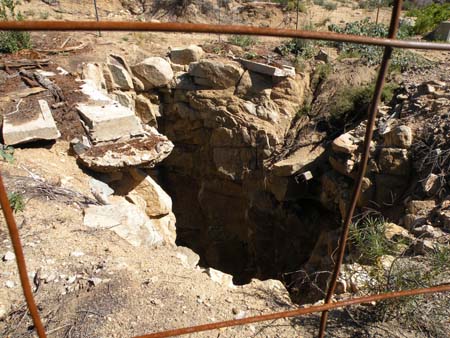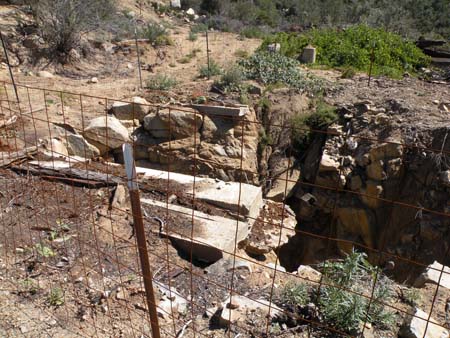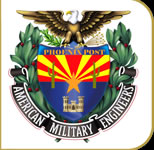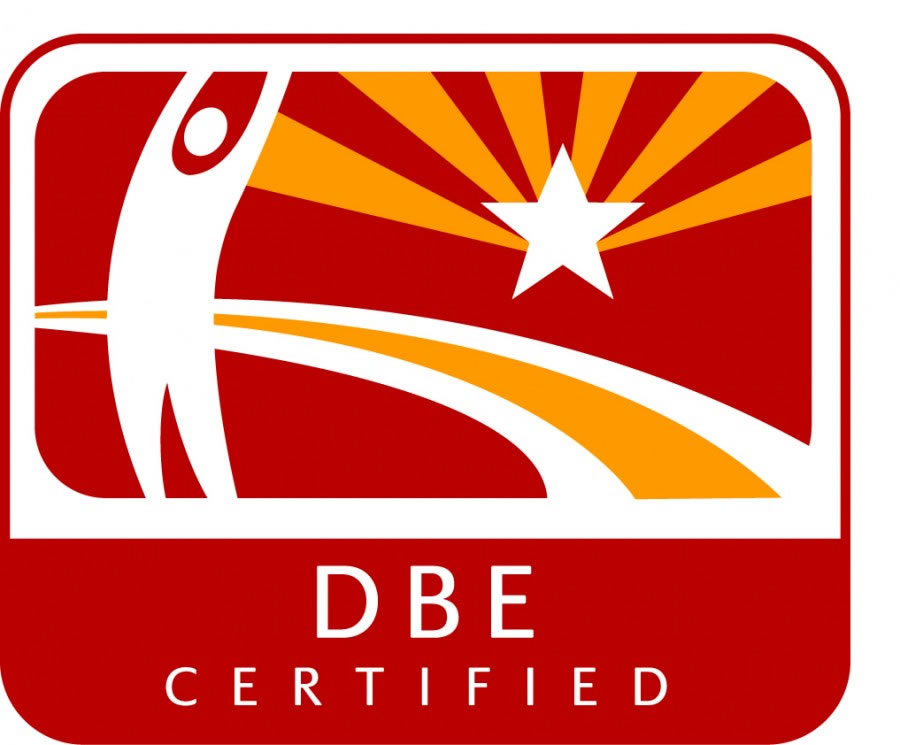Press Release - CROWN KING ORE DEPOSITS
Minerals of Arizona Eighteenth Annual Symposium Saturday, March 20, 2010 8 A.M. to 5 P.M. Arizona Mining and Mineral Museum 15th Avenue and Washington |
||
Brian Beck, Beck Environmental And Remediation, Ltd will be presenting with many others at this symposium. CROWN KING ORE DEPOSITS The geology of the Crown King Area is described as part of the Bradshaw Mountains in with the USGS Bradshaw Mountains Folio #126, 1905. The geology definitions of the area have changed with radiometric dating of the geologic units and more detailed mapping of the region north of Mayer. |
||
In a series of steeply dipping (60 to 85 degrees), northeast-southwest trending structures that are cross-cutting all other geologic units, are the Quartz Dikes/Veins, which occur in or along what appears to be a series of en echelon faults. The relative age of these Quartz Dikes/Veins is between 24 and 33 million years old. These faults do not show any lateral (strike slip) movement past a few tens of feet, but appear to have dip slip movements of several hundred feet at least. The mineralizing solutions were deposited along the fault surfaces, but in an apparent, distinct manner. The style of these deposits can be termed "saddle reef" or lenticular, where a flexture in the fault surface separated sufficiently to allow mineralization to occur. |
 |
|
|---|---|---|
The Quartz Dikes/Veins have a very distinct mode of occurrence in both the internal structure and mineralogy of the ore deposits. From the name of the structure, Quartz Dike/Vein, quartz is the main mineral found. The quartz is found in several different forms within the structure and does not appear to have distinct mode of occurrence. These forms of quartz are:
|
||
 |
There is very little, if any, intrusion of quartz into the country rock. The only observed occurrence was with a secondary fault or fracture that appeared to be filled at the same time as the ore deposition. The common metallic minerals found are: pyrite, arsenopyrite, sphalerite, chalcopyrite, galena, tetrahedrite, anglesite, hematite, and magnetite. Pyrite is the most common of the metallic minerals, followed by sphalerite, chalcopyrite, galena, tetrahedrite, aresenopyrite and anglesite. Hematite and magnetite commonly appear as small grains (up to 0.1 inches) within the quartz. Rare minerals observed in these veins are: molybdenite, gold, native silver, argentite, horn silver, ankerite, jarosite, barite and siderite.
|
|





